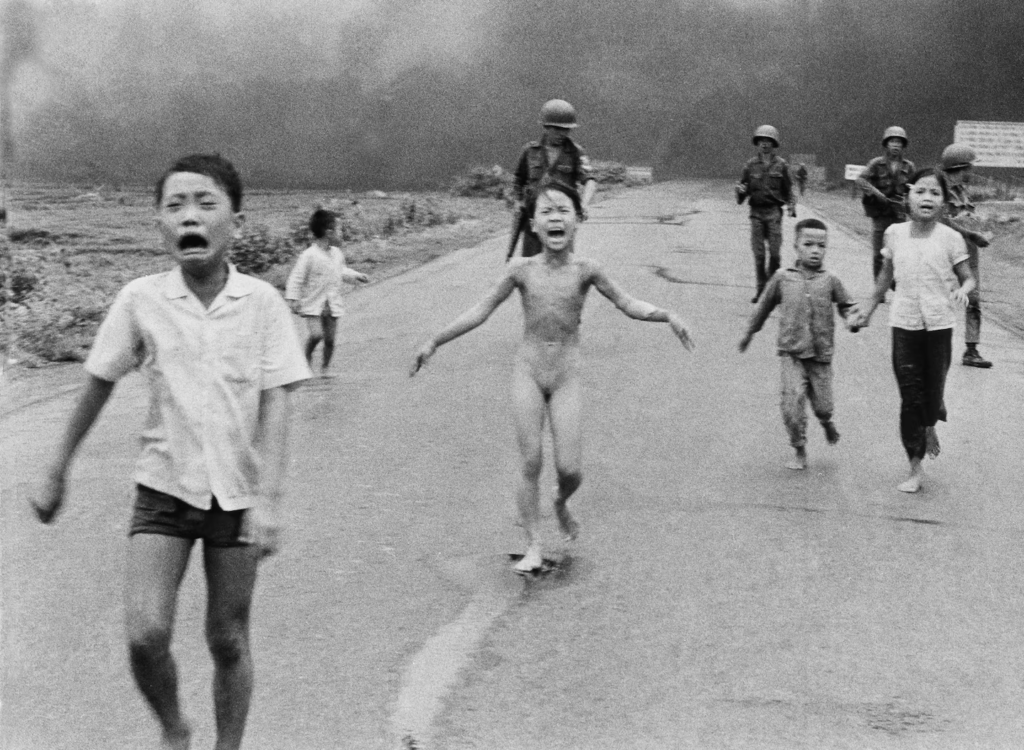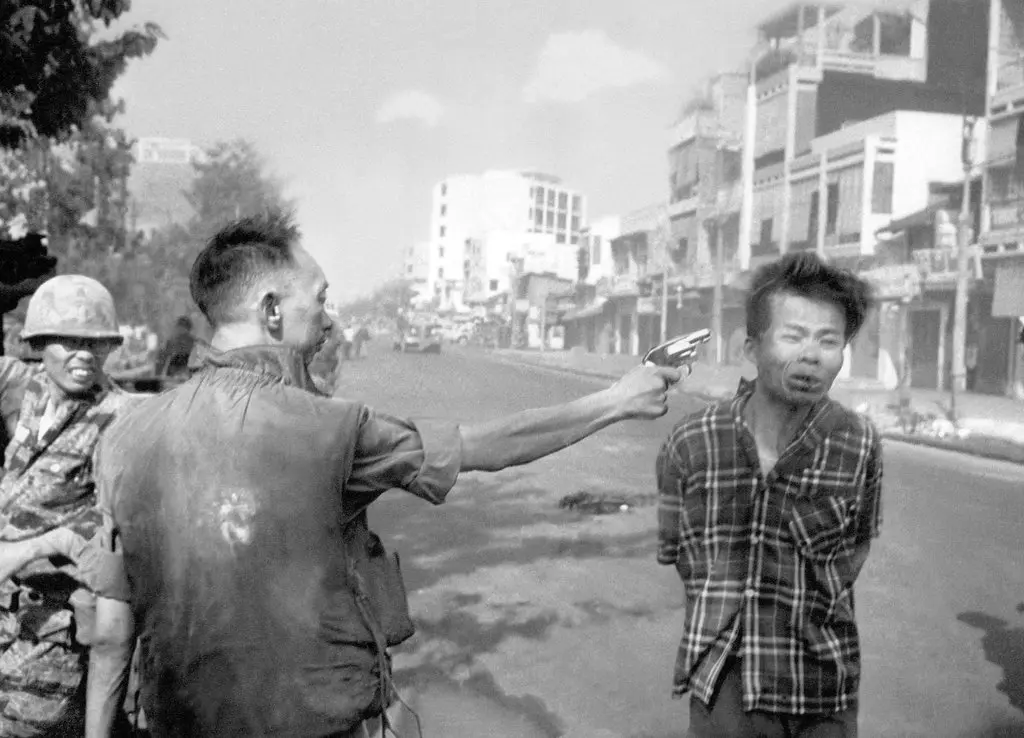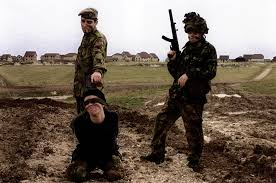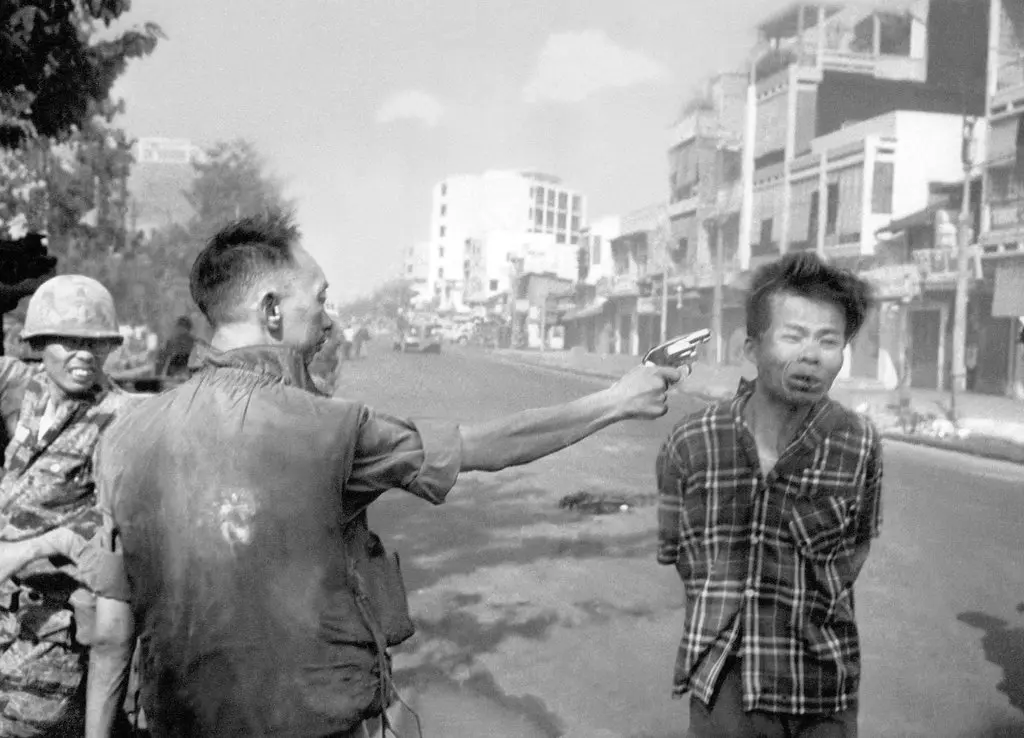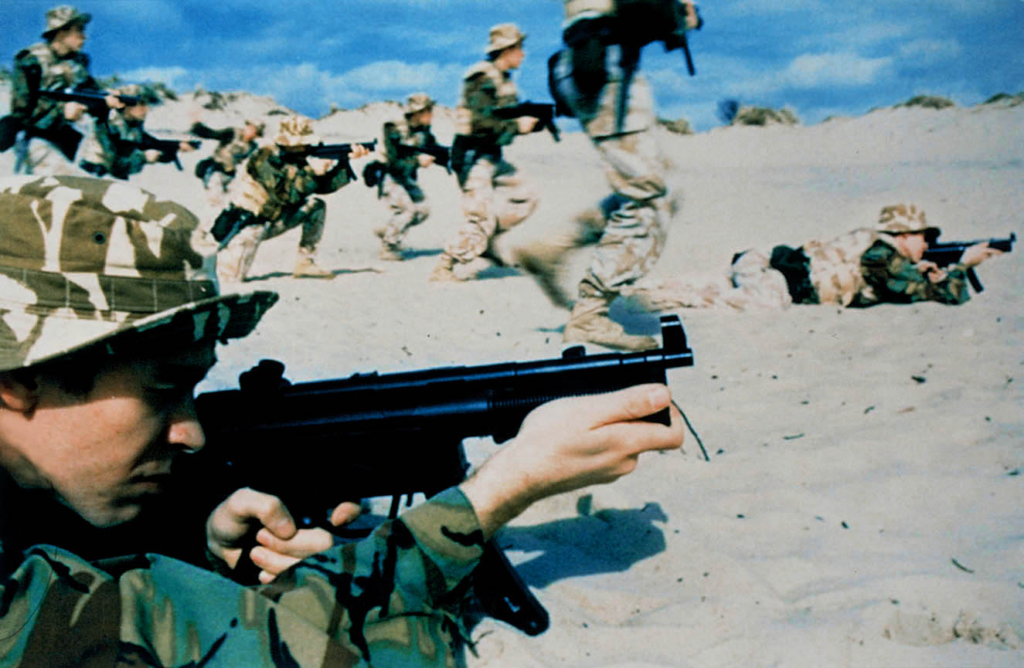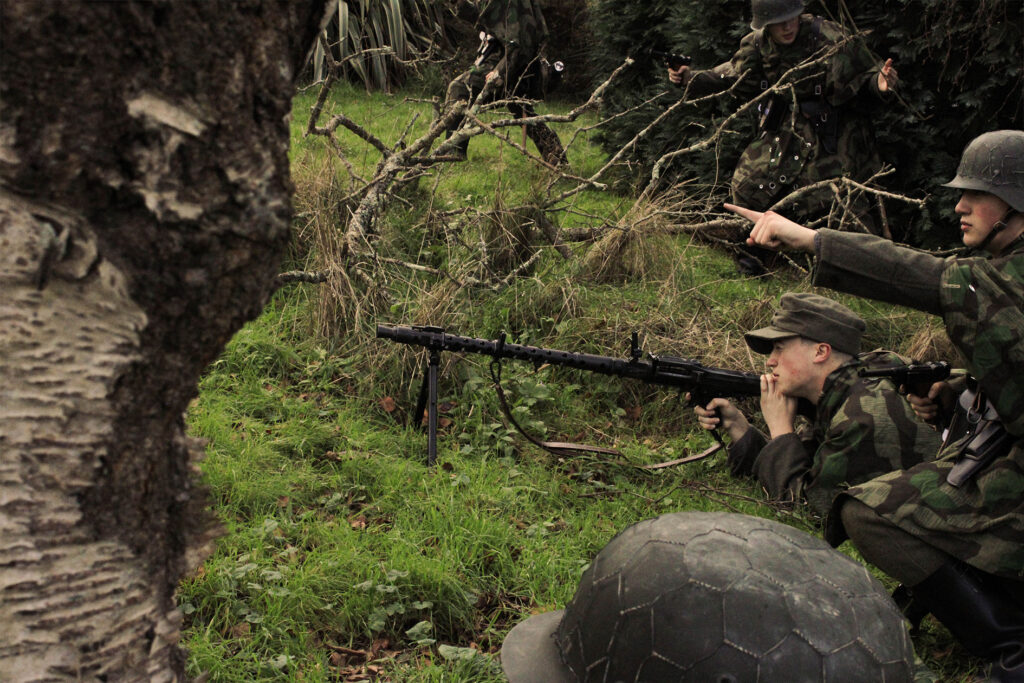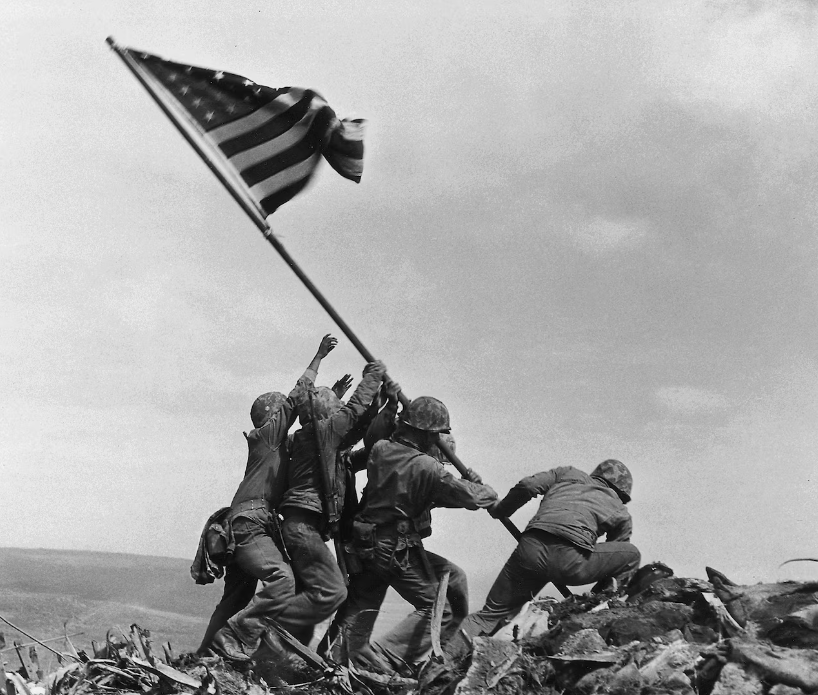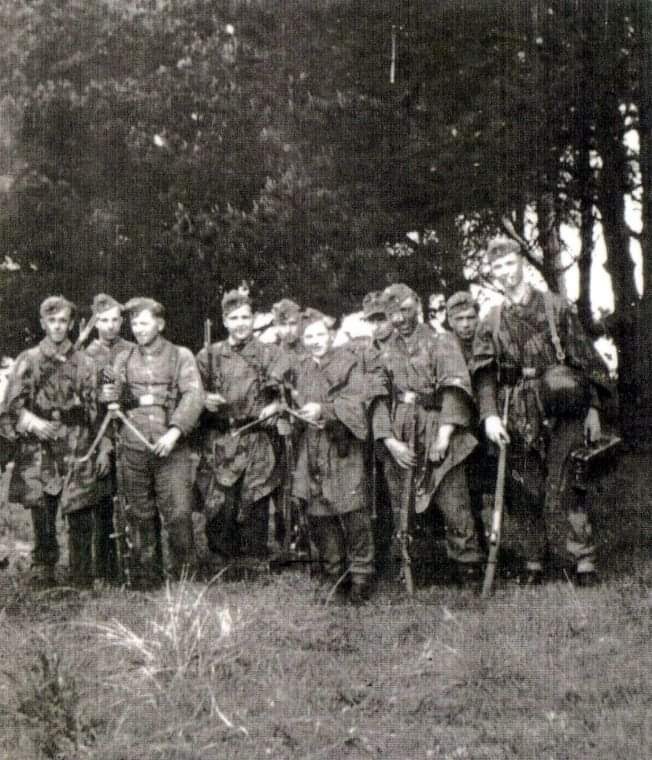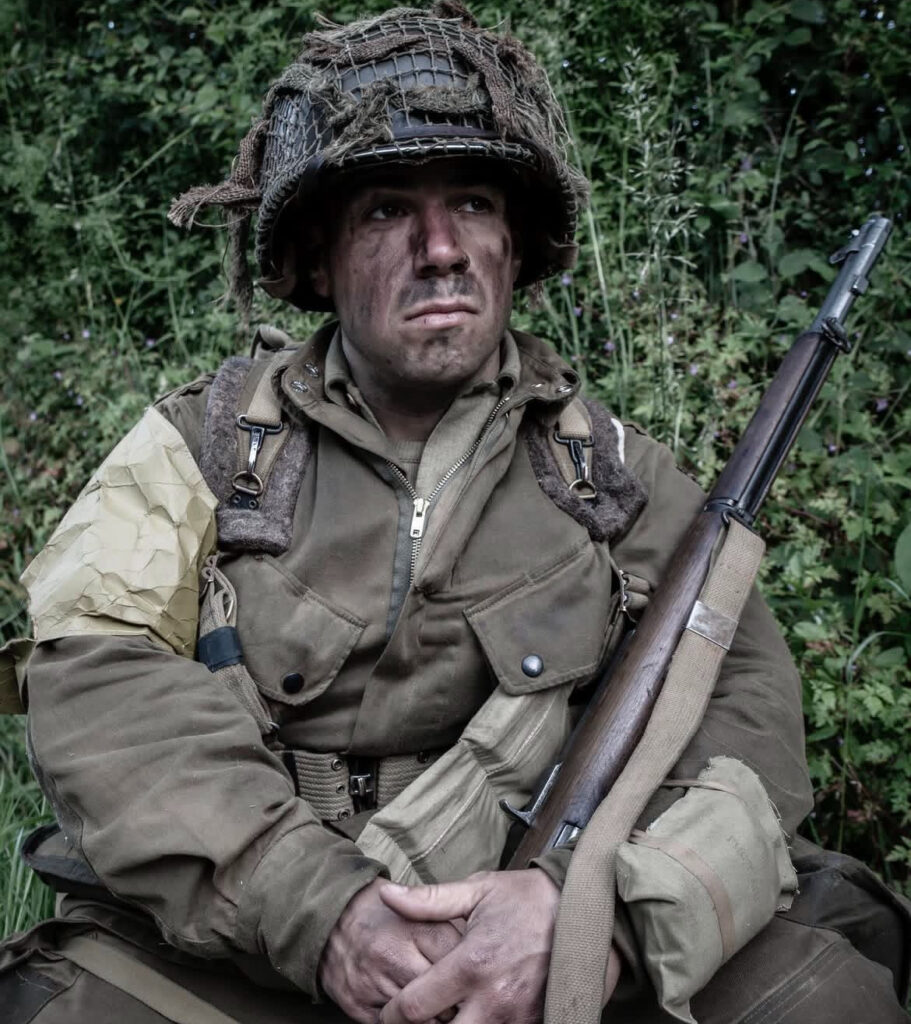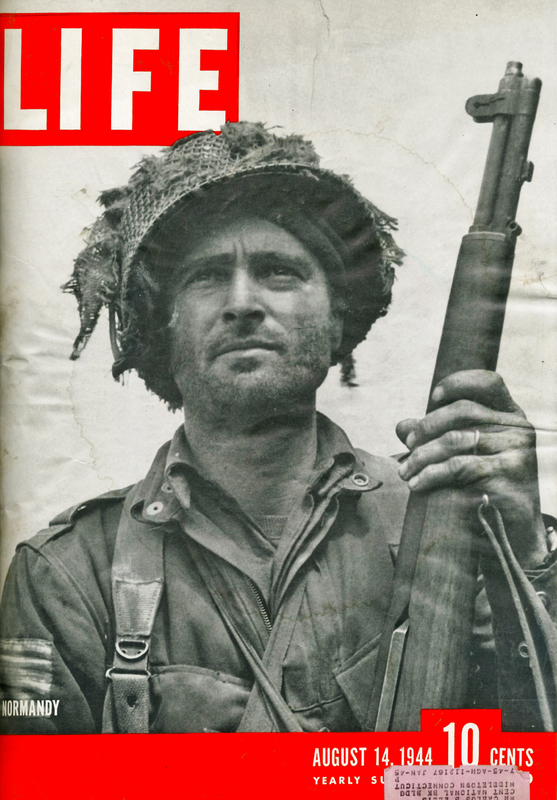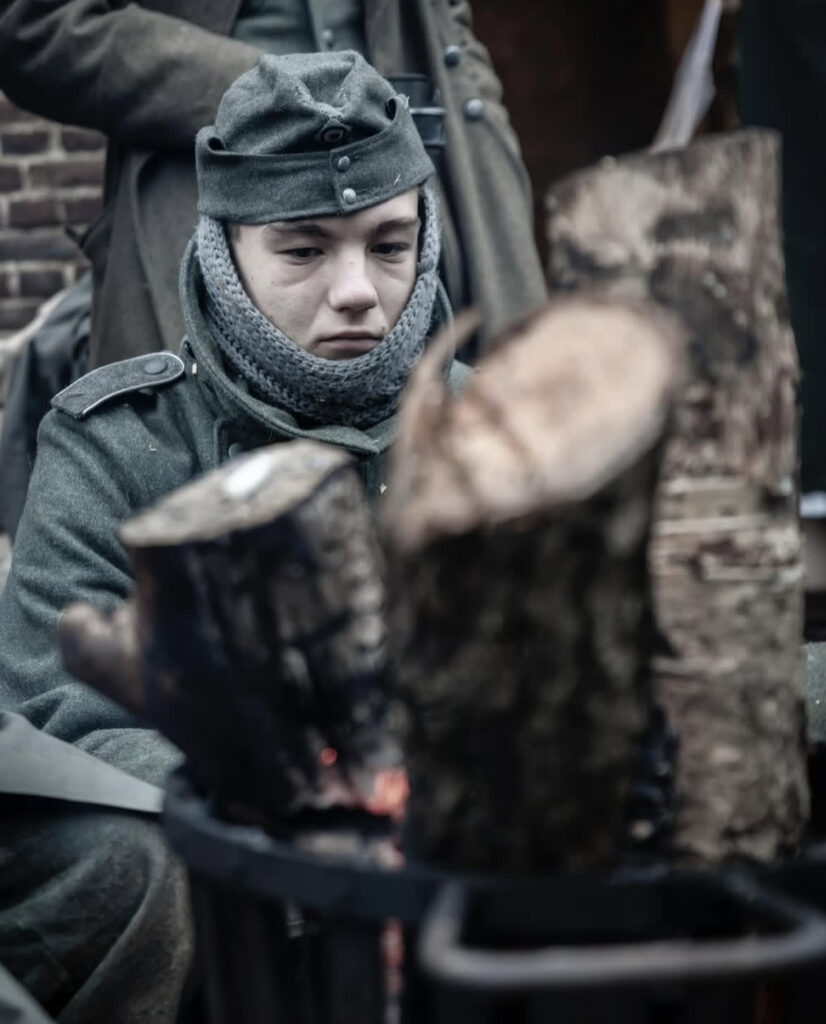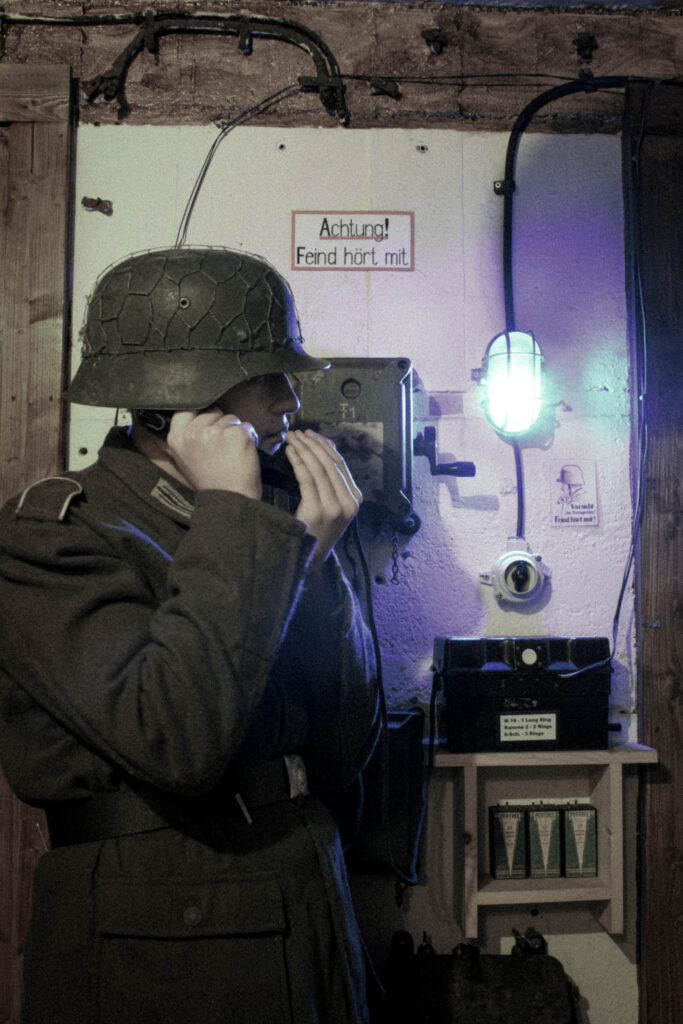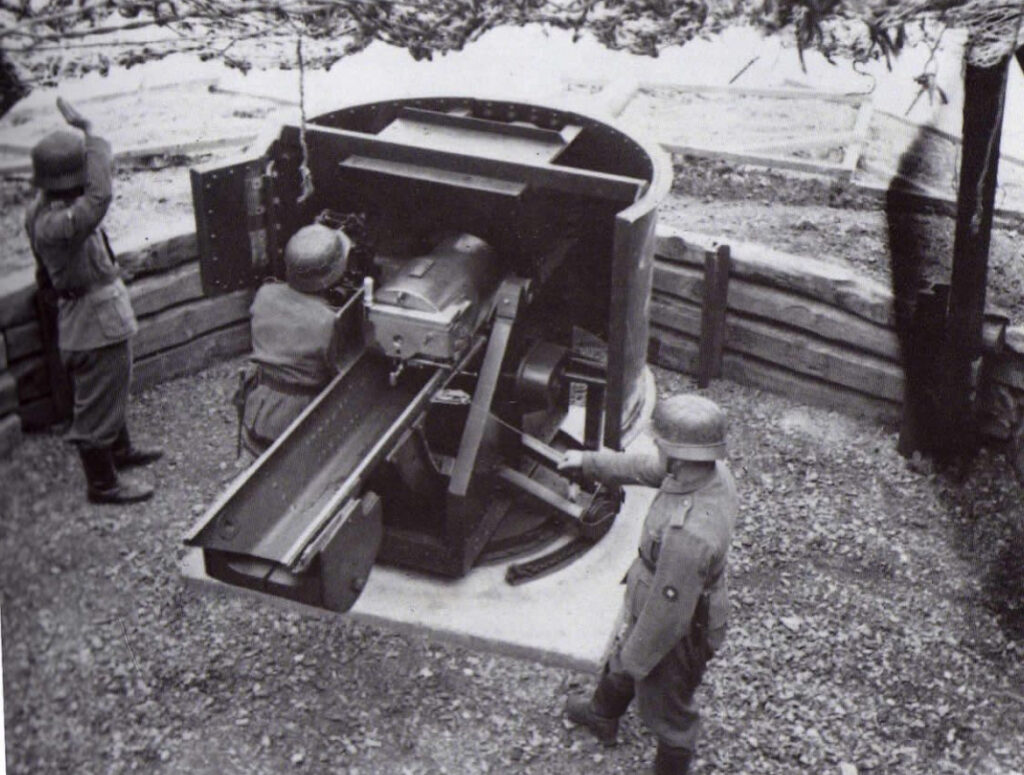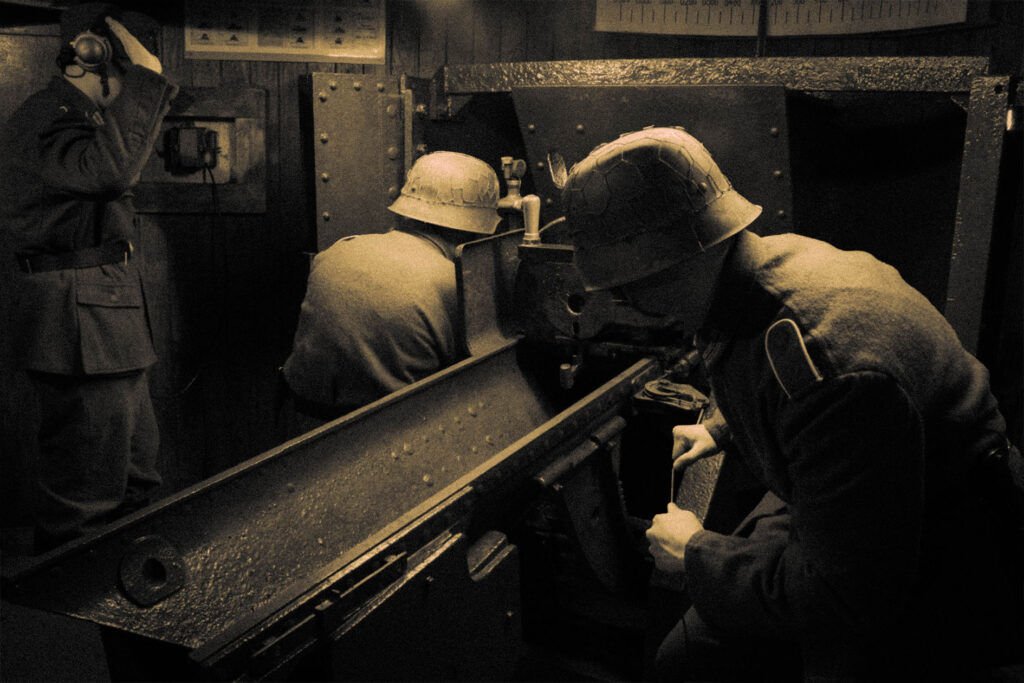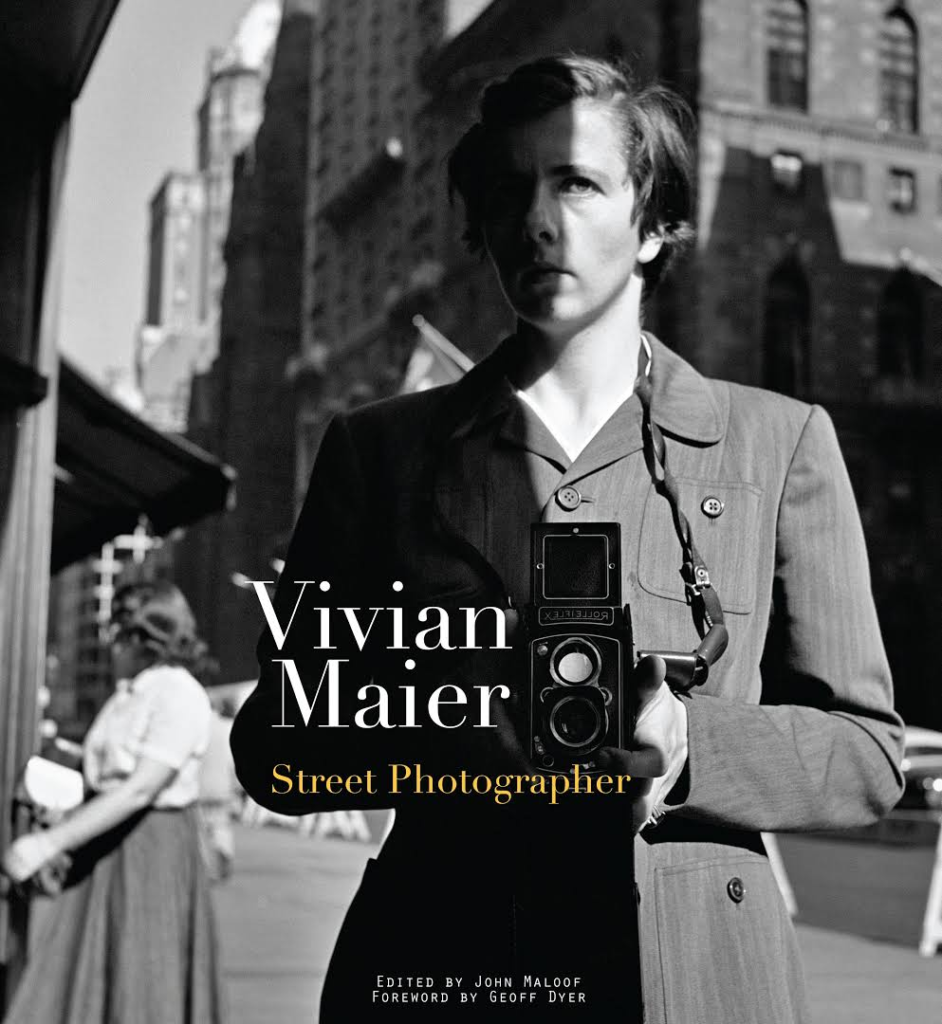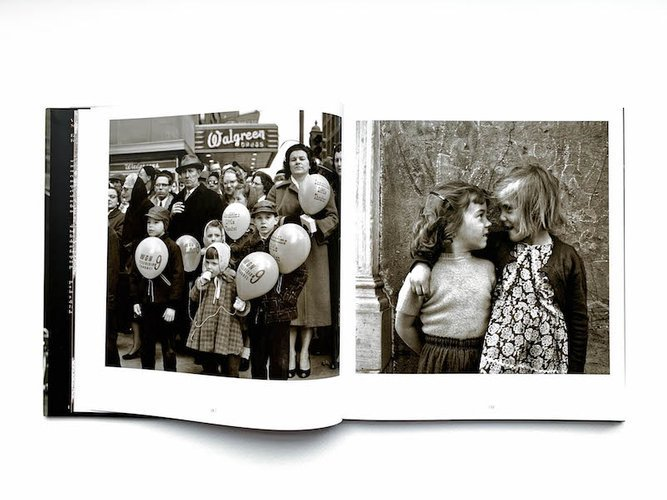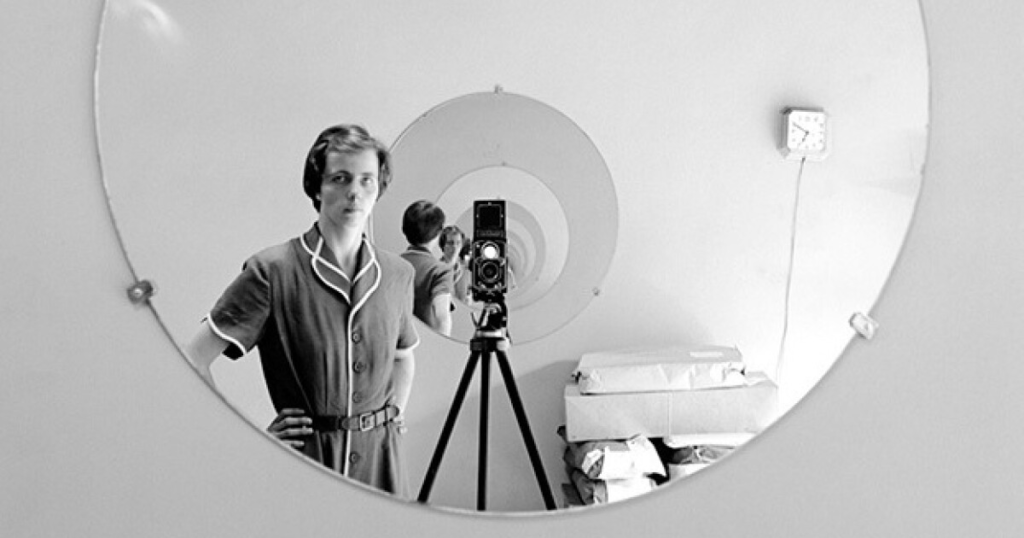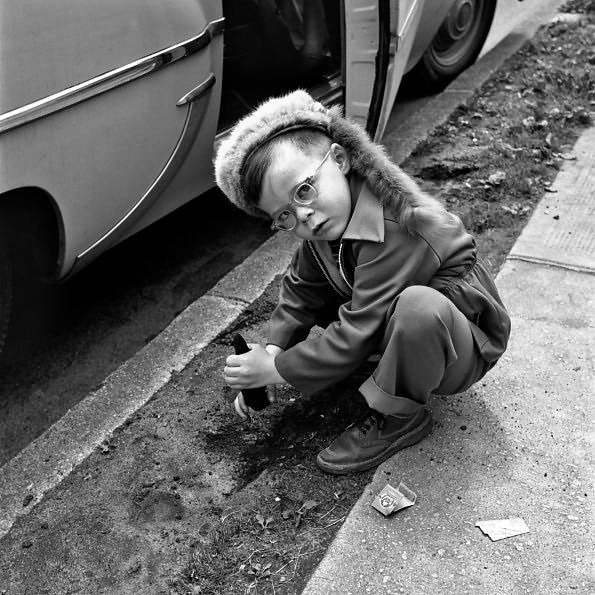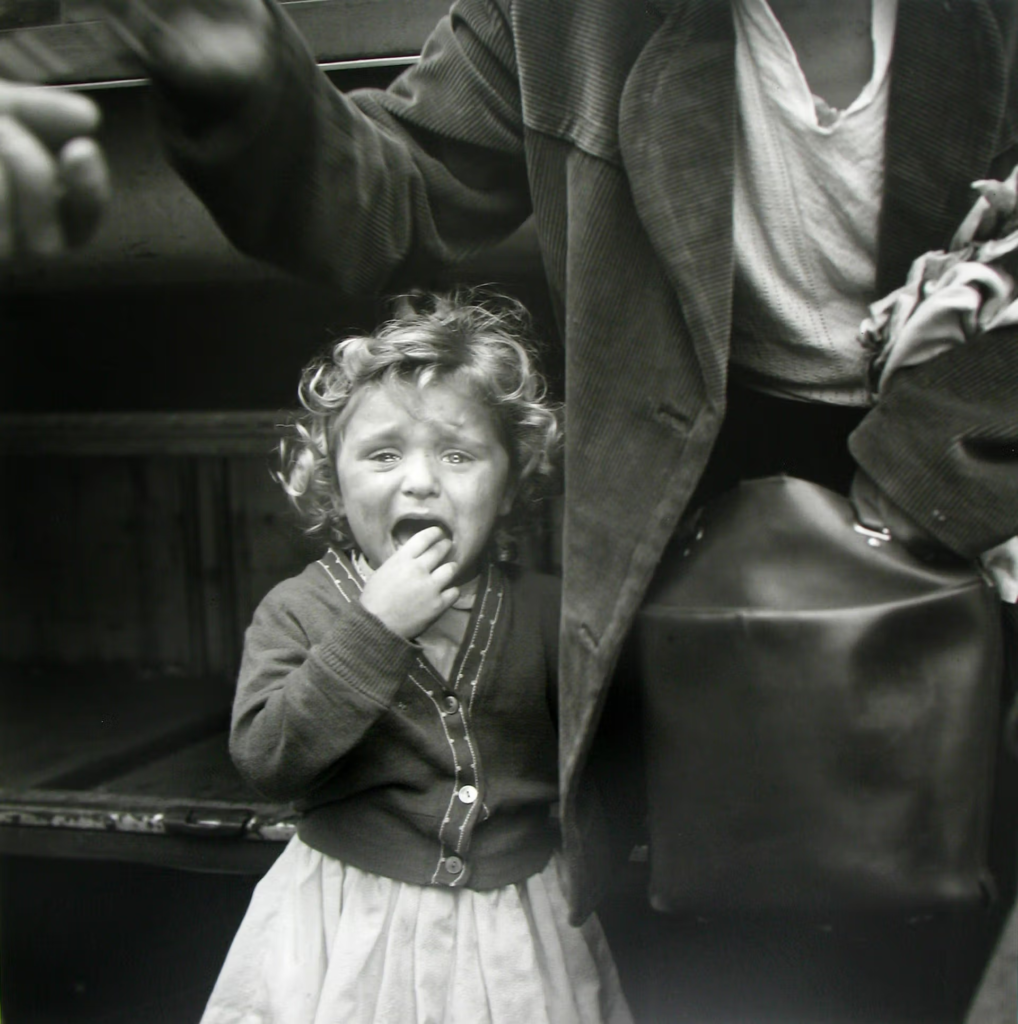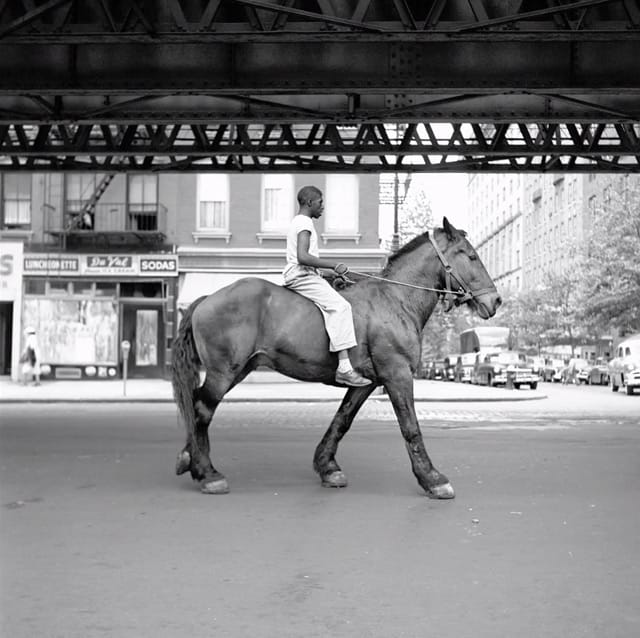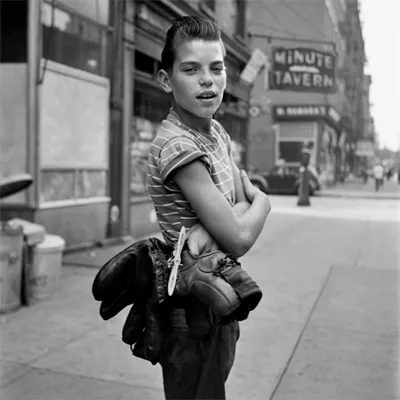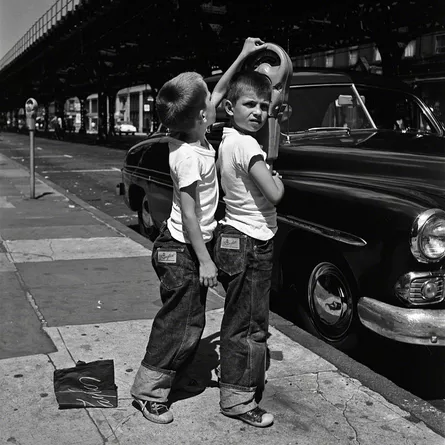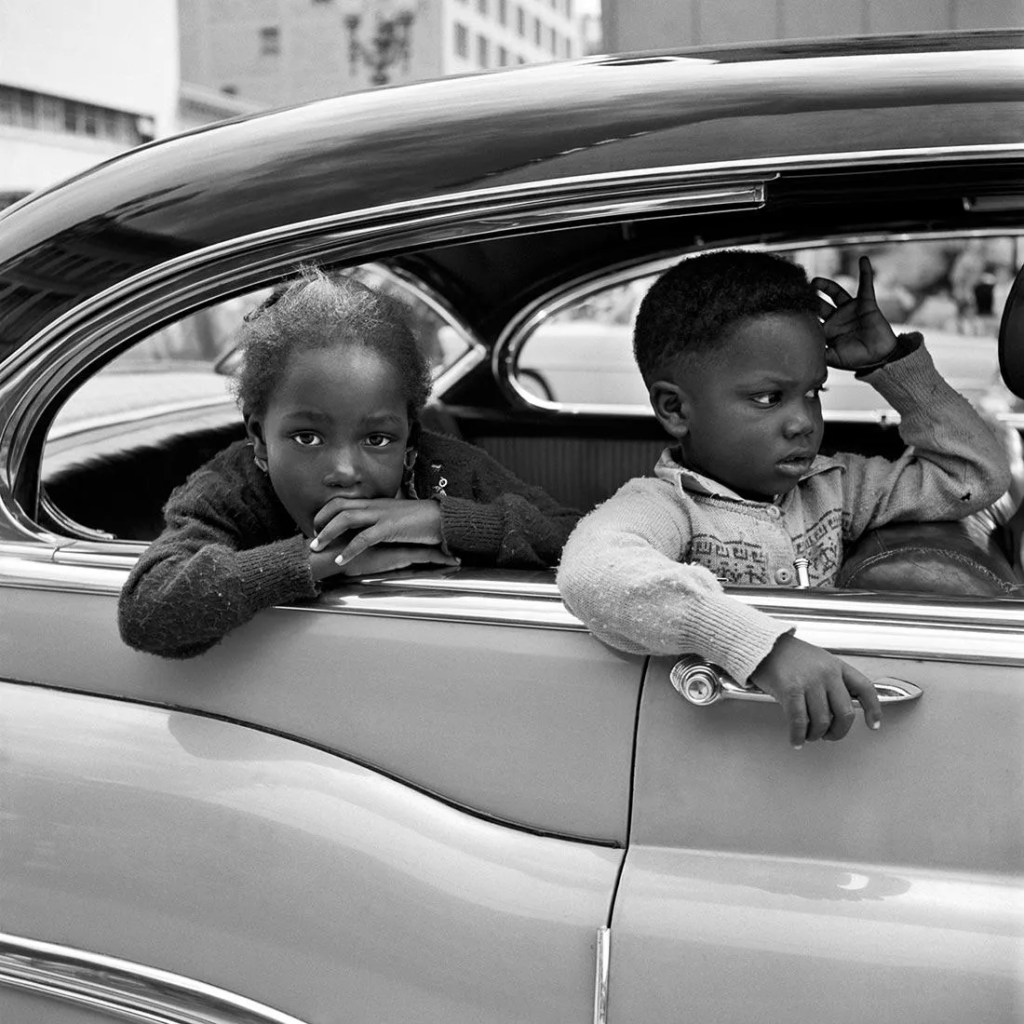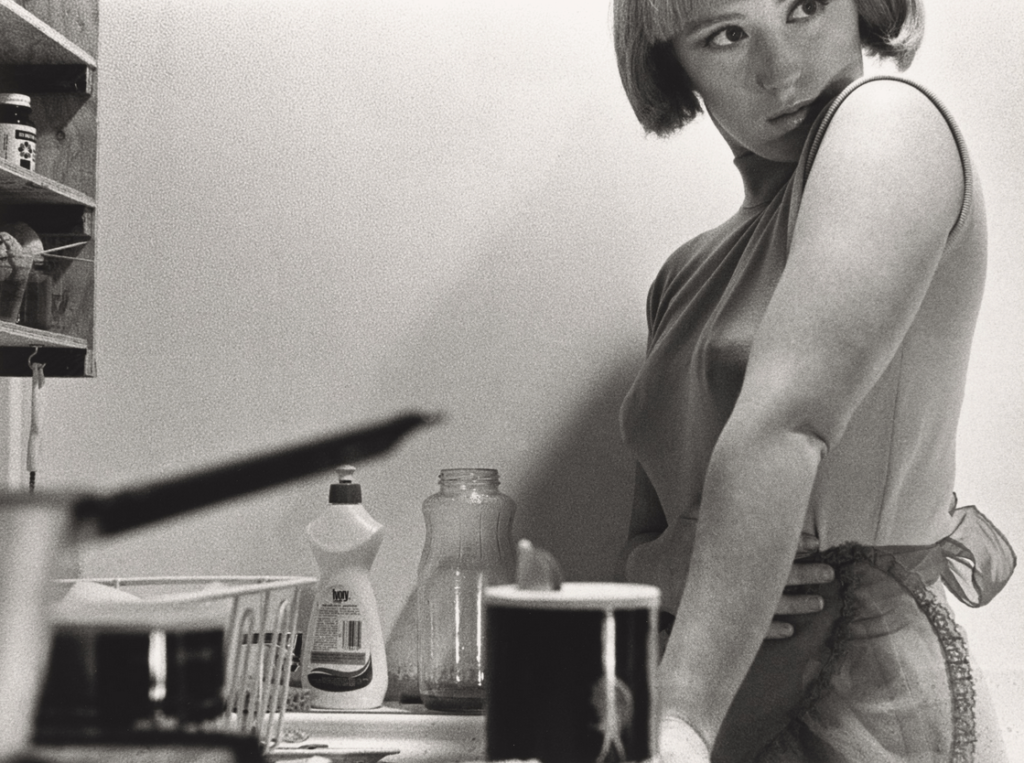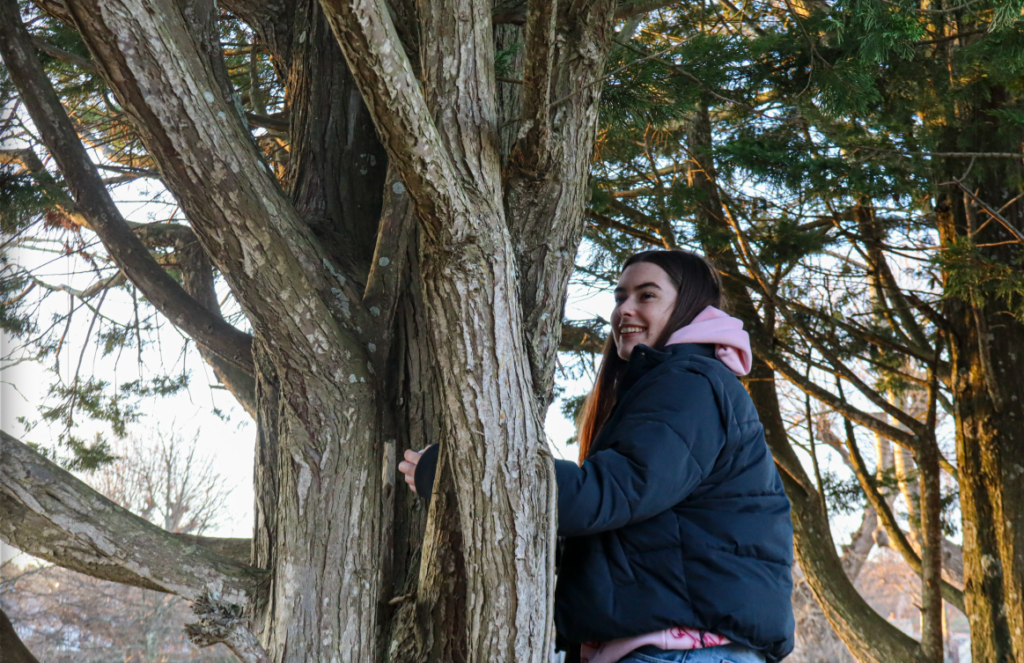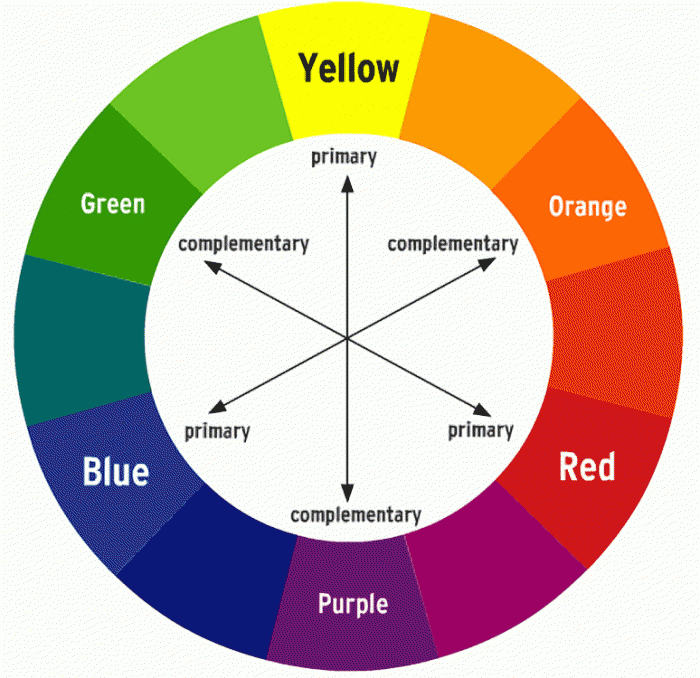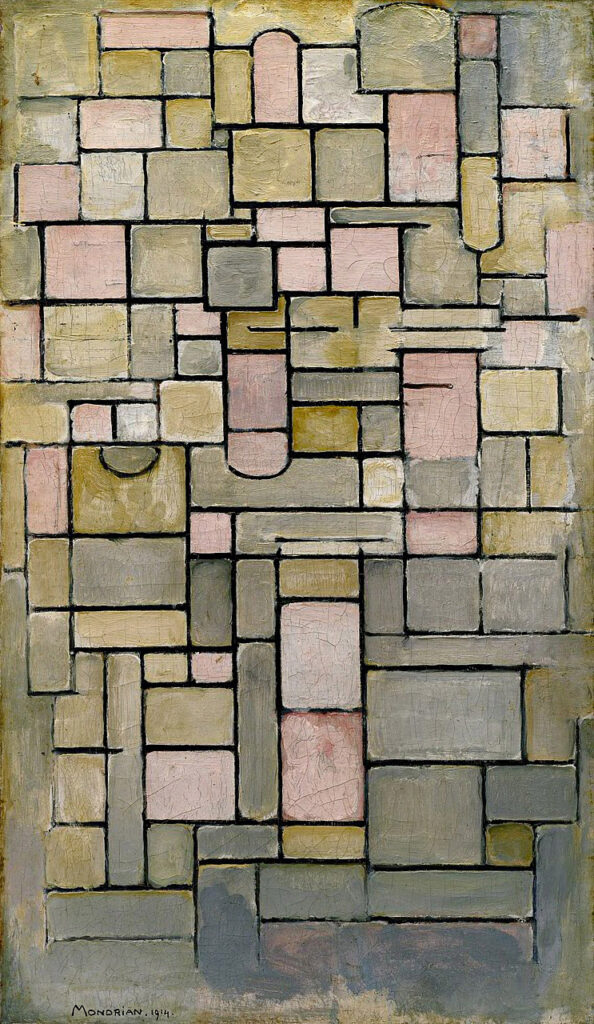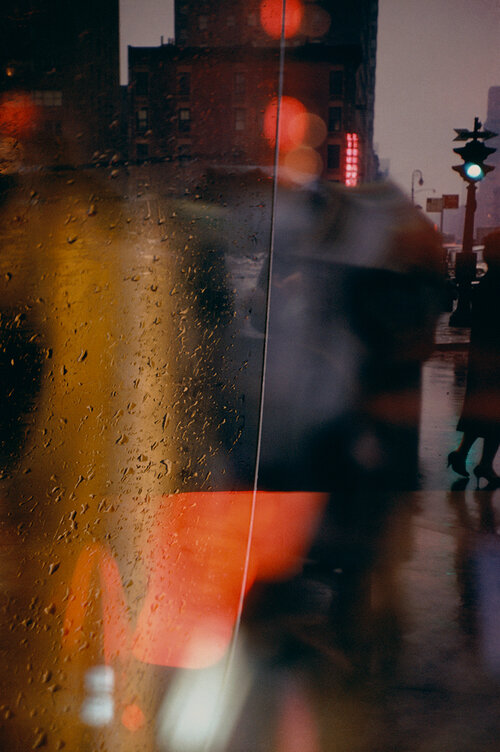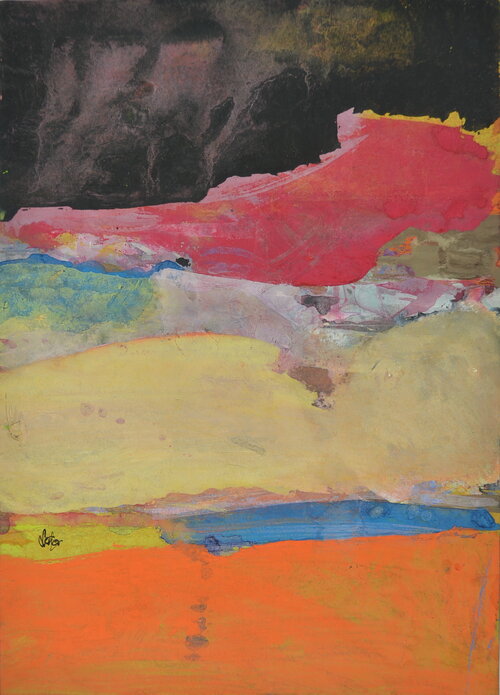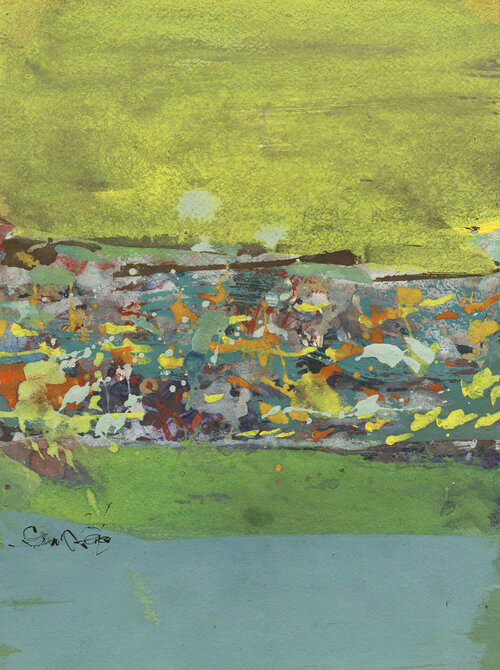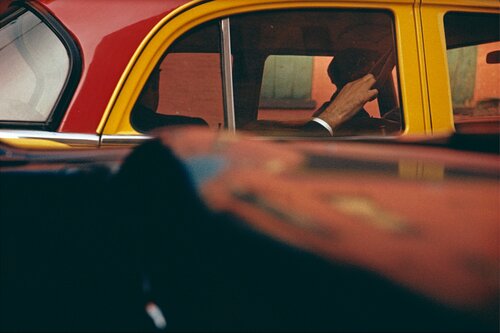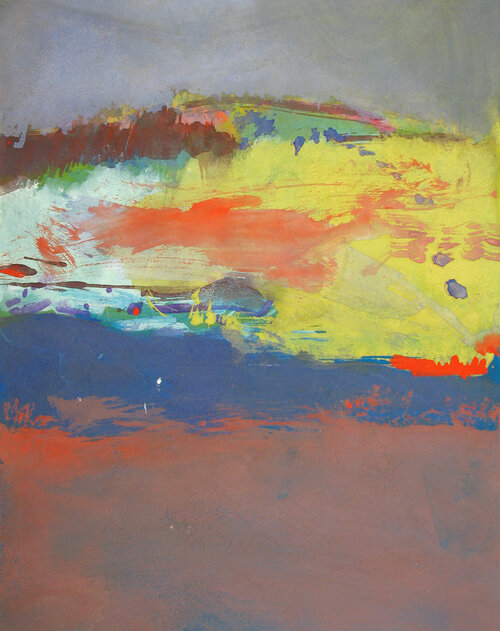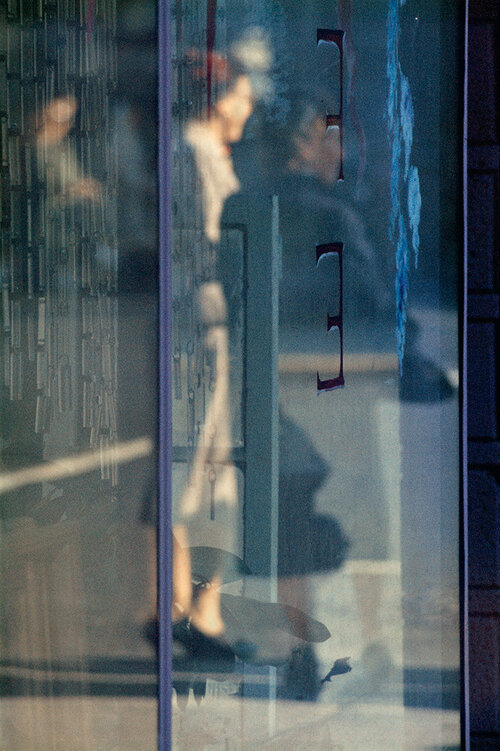In what way have Helmuth Newton and Cindy Sherman portrayed women?
‘Men look at women. Women watch themselves being looked at. This determines not only most relations between men and women but also the relation of women to themselves.’
John Berger, The Ways of Seeing, 1972
INTRODUCTION
The representation of gender roles and stereotypes have been interpreted in multiple ways and in many different forms throughout history. As a society, the world has begun to slowly adjust its ways and modernise values upon women into an equal balance between genders. However, along the way artists and photographers have shone light onto areas of society and media which demoralize and objectify the female gender for others’ gratification. Traditional gender stereotypes have been criticized and modified as individuals fight for attention to their true and deeper self instead of reducing them to mere physical appearances. By exploring how women are portrayed in art by different photographers throughout time, I am able to shine light on different views and interpretations from artists, both past and present. ‘Photographs alter and enlarge our notions of what is worth looking at and what we have the right to observe.’1 This quote portrays the purpose of exploring human perception of the world and highlighting the beauty in appreciating the smaller details that are essential to be exposed otherwise might go unnoticed by us as a society. This quote relates to my work as I am focusing on an area of the world which raises ethical and philosophical questions around the topics of overstepping a boundary and distorting female identities and worth to fit narrow beauty standards. The photographers I will be exploring are Cindy Sherman and Helmut Newton and how their work relates, differs and what message they create for the audience. I will be responding to their work by producing images with a similar style and message but with a modern-day twist on how photographs with the same underlying message are continued today even after a revolution of women’s movements.

Movie still from the film “Jailhouse Rock” 1957, by Bettmann.
THE MALE GAZE
The idea of the ‘male gaze’ was introduced by Laura Mulvey who explored this concept of the way ‘straight, white men’ see women in TV, cinema and print work. Throughout time, movements such as 1st and 2nd wave feminism protested for men and women to be treated as rational beings and women have the rights to social and political rights. Sexism and misogyny are continuous stigmas between women and men. However, the Women’s Liberation Movement introduced the process of “consciousness raising” in which they highlighted and opposed the systematic ways in which boys and girls are brought up with the assumption that the male is always superior to the female. By raising movements such as these, groups such as the Suffragettes announced their beliefs on equality and succeeded in raising awareness as feminist critical thinking became much more prominent and pronounced during the counter cultural movements of the late 1960’s and early 1970’s. Laura Mulvey’s work on ‘the male gaze’ in cinema and TV contributes to my work as photographers such as Helmut Newton, focus on this target audience of a ‘straight white man’ in order to increase sales and engagement. The concept of “scopophilia” and “narcissism” perfectly portrays Newton’s work and its purpose, which is to give a patriarchal audience the opportunity to view images disguised as fashion promotion in a normalised voyeuristic manner. The quote ‘Cinematic codes create a gaze, a world, and an object, thereby producing an illusion cut to the measure of desire.’2 applies to my view as I believe that small elements such as lighting, angles and editing all contribute to an audience’s perception of this particular repeated narrative of voyeurism and female objectification to satisfy the heterosexual male viewers. By researching such a popular and oppositional photographer I have been able to gain awareness on both viewpoints and how they have both faulted, excelled and how their rise to fame has altered the opinions and stereotypes that still maintain to this day.
HELMUT NEWTON.
Helmut Newton was a photographer who was deeply significant amongst the fashion industry and its photography throughout the 1970s/80s. I think that his work is the perfect comparison for the world of fashion and modelling that I would like to similarly replicate and explore in my work. This is because I have a particular interest in the black and white style, elegant and high fashion black and white images that he created throughout his prime, and the definitive style and aesthetic that is displayed throughout each one of his images. The sophisticated and graceful style with high-fashion styling, empowered presence and timeless beauty reels in the viewer to never forget an era of high heels, flowing gowns and chic modern, complex elegance. As Helmut Newton was a very powerful and significant individual in the fashion industry, I feel he is an imperative element I must include in my work as a tool to examine the topic of representation of women in the media industries. The idea of how his beautiful yet underneath explicit content and objectification creates more of an impact than what meets the eye, was a key element of his work that I feel displays how media products are disguised as a confident and powerful female perspective yet reinforce women as an object of desire. Something that makes me fascinated with his work is the fact that Newton’s distinct style often featured strong, dominant women in exaggerated, sculptured poses and striking settings. His images were characterized by a high contrast, stark lighting, and a sense of voyeurism.
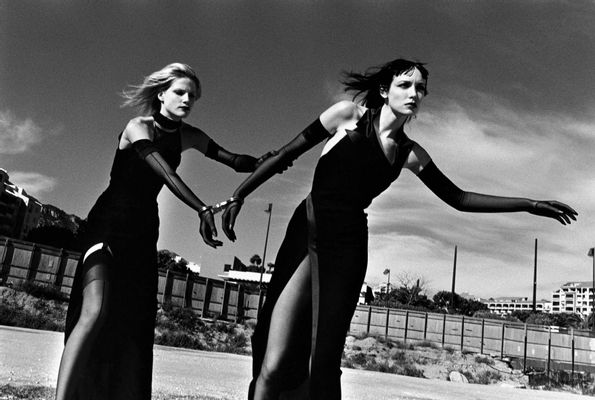
The lighting in this photo is a black and white dark toned image which has a high contrast which creates a striking atmosphere. The shadows are harsh and strong with the highlights being white and brighter. This creates a high contrast and bold impression. In this photograph the two women are highlighted as the focal point in the image due to the sharp shadows and dark dresses which have a strong and powerful style to them. This image includes a sense of symmetry and geometric framing. This is due to the way the two women are stood in a specific place which is known as deliberate positioning. This creates an easy way for the audience to immediately look at the subjects instead of the background. Shadows also accompany the focal point of the women by emphasising their bodies and in this image, possibly promoting the outfits the women are wearing. The female form is a main part of Newton’s work, and it is displayed in this image as there is emphasis on the shape of these women’s bodies and they display an idealistic and stereotypical body to please the male audience. The lighting of this images highlights the bodies of the women and their sculptural beauty. I like how cinematic thus image is as it looks like a quick shot taken out of a movie, as the women are mid motion, this creates a cinematic and narrative impression. The main contextual element to Helmut Newton’s work is exploring gender roles and sexuality. Helmut’s work has been previously critiqued for objectifying women, however, in my chosen image, I believe the women are shown as being dominant and in control. I like how his work challenges social norms and how he sees his photography as an opportunity to push himself to the extremes in order to convey his message. During the time this image was made, political and social issues were being faced globally. Women were fighting back for rights and equality and feminists were also challenging the patriarchal gaze. In this image, I believe the two women are challenging the idea that women should only be seen as passive objects of male desire. As Helmut Newton is also a fashion photographer, people, predominantly women, were used to promote outfits by creating a specific mood and impression though a story by the model and location. In this image, the women are in high- quality, high-fashion outfits, whilst portraying their strength and confidence through art. In Helmut Newton’s work, he focuses on the exploration of power, and gender, however, this message is executed in multiple ways that differ him from other fashion photographers. Helmut Newton orientated much of his work around nudity of women. This was to challenge traditional women forms and exploration of desire, dominance, and control. In this image, the concept and meaning behind it, explores ‘the perfect woman’ as both women are young, confident and beautiful and uses boldness to highlight their power over a traditional angelic woman. This image is an example of Helmut Newton, “pushing boundaries” and makes the viewer question whether the women are being celebrated or objectified. Helmut Newton’s work also complicates the male gaze as the women are not submissive and vulnerable, but powerful and in control, which contrasts the traditional male gaze, as the woman are aware and complying with it. This has sparked debates about whether Newton’s photography reinforces the male gaze or offers a more nuanced representation of female sexuality.
JOHN BERGER
John Berger’s contributes to Laura Mulvey’s idea of the male gaze and believes that, ‘men look at women. Women watch themselves being looked at. This determines not only most relations between men and women but also the relation of women to themselves.’ 3this quote relates to my work as it explores how women are automatically deemed to cater to a male audience and do not view themselves through their own eyes, but instead through the eyes of men. This concept displays how gender roles continue in modern advertising today and mirrors how women must incorporate how a man is going to view her in day-to-day life, instead of focusing on a style or image she would prefer to have of herself. Berger also introduced the concept of the “surveyor” and the “surveyed” which simplifies the different viewpoints a woman has of herself. The woman becomes the surveyor, somebody who watches herself as an object, and she will also become the surveyed, who is being looked at. This split displays the “normality” of women being objects of vision and a form of “self-surveillance” is enforced to constantly monitor the different ways they may be perceived. His exploration on female nudes and how they are positioned to be admired, highlights how they are often gazing outward as if inviting the viewer’s attention, instead of focusing on their own self-love and value and not seeking validation from others. John Berger ties into my project, and my exploration on Laura Mulvey, but slightly differs with his views as he explores more critiques of the male gaze in historical art and advertising, whereas, Laura Mulvey examines the concept in the context of film and psychoanalysis. This means that, their main concepts of the “surveyed” and the “male gaze” relate to one another but their main arguments of women are conditioned to view themselves through a male perspective, and Hollywood films reinforce patriarchal power through visual pleasure, both investigate female gender roles in society and therefore, relate to my project of female gender stereotypes and representation.
CINDY SHERMAN
Cindy Sherman is an independent photographer who took photographs predominantly in the 1970’s. Something I find particularly admiring, is how she took her camera and pointed it at herself, instead of photographing someone else. I find this very unique and actually brings more meaning and creativity to the photos she created. This gesture then became her signature style and showed her strong views on gender and the construction of identity through key times when opinions and personalities were particularly changing in history. She also made many different characters that she would act as, in her images, in order to create a character in her photos by experimenting with makeup, hairstyles and costume to demonstrate these characters’ roles and status in life. The quote, ‘I feel I’m anonymous in my work. When I look at the pictures, I never see myself; they aren’t self-portraits. Sometimes I disappear’4 supports this as Cindy Sherman explains how she is transported into another persona, when becoming a different character. I feel that the subject of femininity and women in today’s age as it is a subject that I, myself live through and endure, and I have chosen Cindy Sherman’s work to convey my message from a strong feminist perspective. Analysing Cindy Sherman has aided the idea of how women are portrayed in the media as she, herself has worked on how women can be interpreted in different ways and all the multiple narratives they can fit in advertisements. Cindy Sherman’s work which was her most famous, was her Untitled Film Stills which are small black and white photos where Cindy has impersonated different female characters through glamourous and meaningful images. Throughout these film stills, Cindy Sherman imitated different lifestyles and character stereotypes which shows how women and women’s bodies are perceived by the mass media and by the male gender. Whilst moving to New York, Cindy Sherman continued to role play in disguises and characters and photographed her imitations as the Untitled Film Stills. Although she took many of her own photographs, some photos were shot by family and friends. The voyeuristic perspective of Cindy’s work creates an imposing feeling on the viewer, as if you are secretly observing the character and she is always the subject of the controlling male gaze instead of the object of masculine desire.
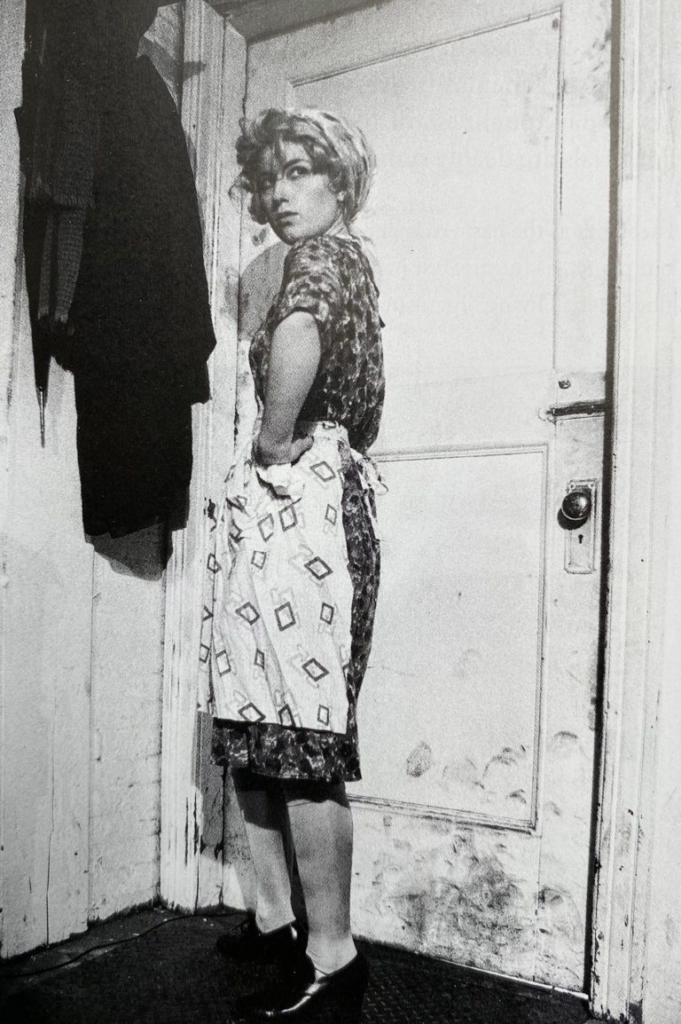
The soft and naturalistic lighting in this photograph demonstrates that it is a photo from the past and is meant to display the time of the late 1970s. Which explains the low quality and slightly pixelated camera settings that are not very focused. I think that high contrast lighting, with a wide difference between highlights and shadows, brings a sense of intensity and depth to an image with dramatic qualities, which is what Cindy Sherman has done with a large amount of her work. The aperture is also slightly blurred and has a higher sensitivity ISO which causes a grainier image with a lighter grey monochrome tone rather than cool colours. This black and white tonal structure has a colder impression which displays a sense of loneliness and emptiness in the image. The use of shadow and light in the Untitled Film Stills heightens mood and tension, which isolates the subject within the frame. This dramatic lighting also helps to portray a specific genre of film such as drama, mystery or even horror. After establishing her outfit and role, the viewer is able to create an assumption on what the woman’s purpose is and it is then established that this is a small section of a much larger story. Cindy Sherman’s Untitled Film Stills includes contextual layers that address essential historical issues of gender, identity, and media representation. She created these photographs throughout 1977-80s; however, they are based on the 1950/60s. During this period of the 70s, second-wave feminism was arising, and women were beginning to challenge gender roles and opinions on women in media products were being raised as women began to question and challenge their portrayal and how they were being objectified and seen as an object to please the male gender. The “male gaze” refers to the way women are depicted in visual culture for males, Cindy Sherman chose to display her cultural and social concerns about the roles and representations of women in tv, cinema and media products. This work is technically ‘mocking’ the media as the series of images contains a female subject that is both the object and the creator of her image. The roles she portrays are characters which may demonstrate a victim, an innocent woman or a seductress. This creates a way for Cindy Sherman to control the portrayal of female objectification as the turning the camera on herself to expose the true meaning behind these roles. In this image her portrayal of a working-class woman can be seen by her outfit and demonstrates the period this photo is alluding to and women’s’ role during this time. This photo explores the male gaze. As number 80 film stills, became iconic. Chose herself for the model. Washerwoman maid in a feminist move way to redirect the male gaze to show she was in charge. Her angry expression by looking over her shoulder at us to show she is done and wants to find an escape from her current position as a housewife or domestic worker and move onto bigger dreams. She is standing slightly hunched and is wearing an apron and a blouse which shows the viewer that she is lower class and is ‘insignificant’. She is mid-movement and has a slightly distracted expression on her face whilst not making direct eye-contact with the camera which demonstrates her vulnerability and distraction. The message from Cindy Sherman portrays the reality of a “happy housewife” who is safe and content at home when in reality, they are lonely and struggling mentally. The lack of context for this image causes the reader to assume and create their own interpretations on the photo. The vulnerability, beauty and individuality of the character makes the audience feel a sense of guilt for the woman and feel a sense of reflection and remorse for women during this period.
CONCLUSION
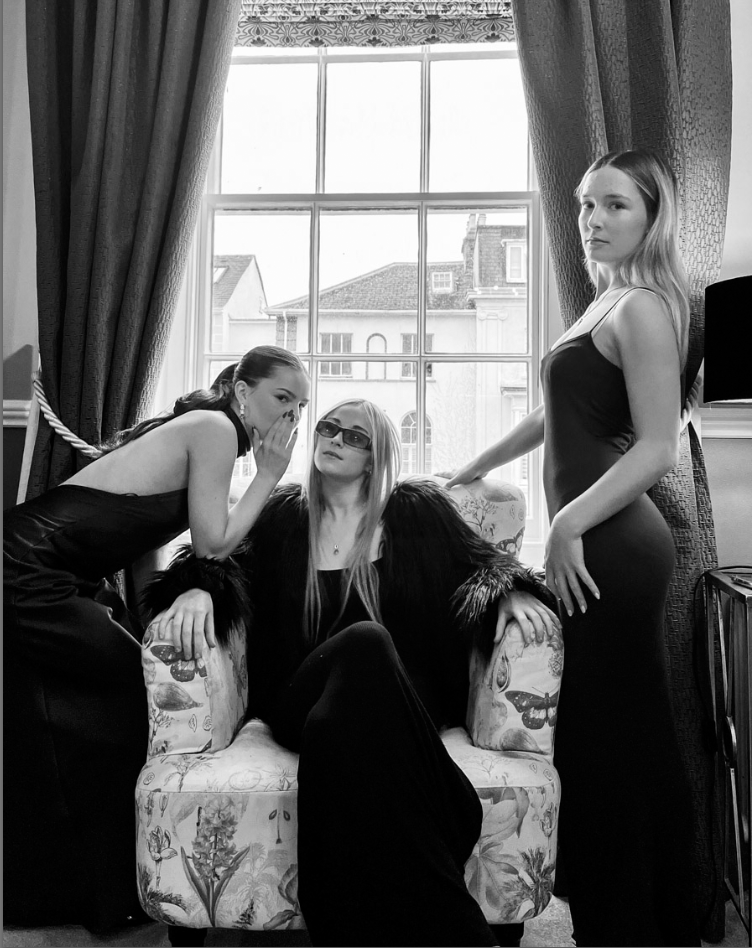
This photograph is an example of my work in response to Helmut Newton and the topic of female stereotypes from the viewpoint of a successful fashion photographer. I wanted the feeling of confidence and authority to radiate in my work as Helmut Newton’s wok gives off a feeling of power and control. The soft and naturalistic lighting in this photograph demonstrates that it is meant to be an image that has not been taken in the modern day. This image also relates to Helmut Newton’s work as it demonstrates high contrast images with bold lighting, which is a particular style of contrast that Helmut specialises in. I feel this lighting incorporated with a black and white filter has heightened the quality and the sense of mystery and allure to my work which helps to relate to Helmut Newton’s. I also believe that these images revolve round a strong and powerful feminine energy of strength, which elevates the clothing promoted in a magazine as an audience will feel encouraged to purchase the clothing through the display of self-assured and confident models. An impression of elegance, aggression, sass and glamour is a message I was attempting to share in my photoshoot as it opposes traditional depictions of female models in the fashion photography industry. I also wanted my model’s hair, makeup, accessories and outfits to be high fashion, quality and portray an expensive aesthetic. This is to give the impression that these are top fashion designer clothing which would be displayed in magazines such as Vogue, a magazine that Helmut Newton has worked closely with throughout his years.
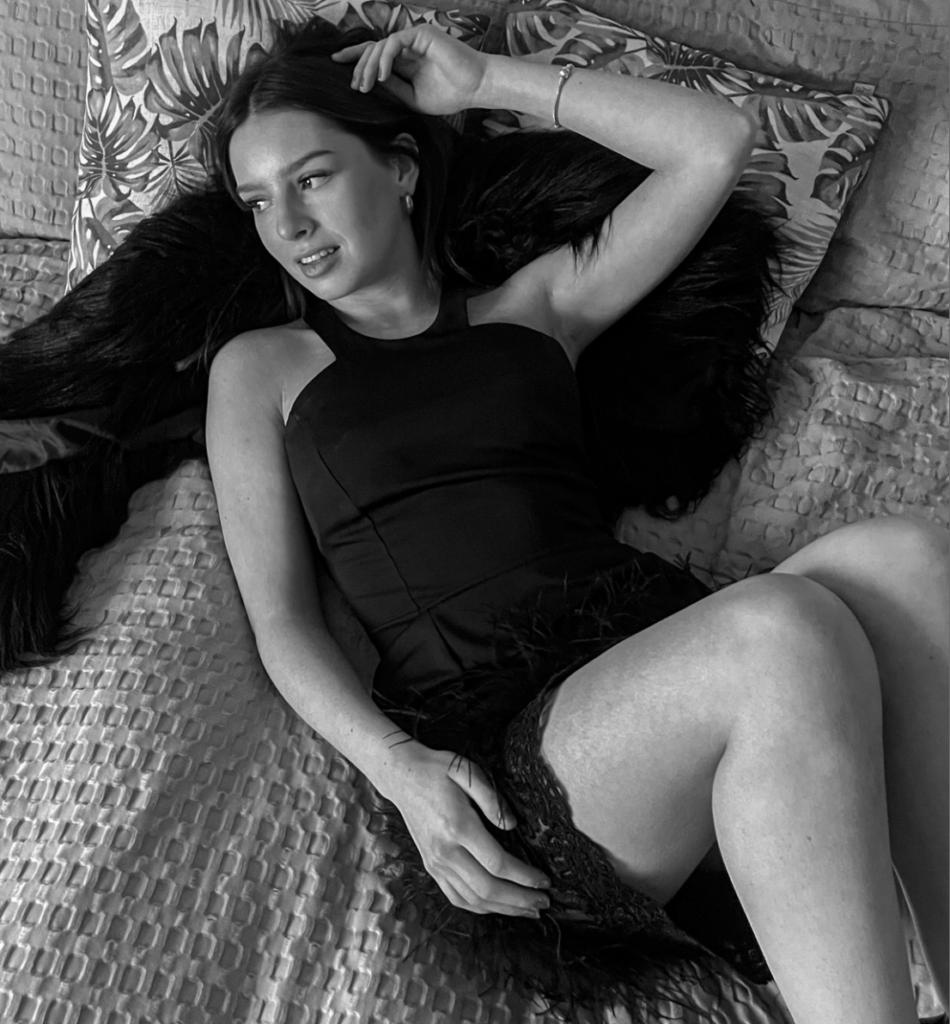
This image is a photograph inspired by Cindy Sherman’s Untitled Film Stills, I particularly chose to focus on elevated glamour and more extravagant clothing to relate to her work on different characters of social classes in her images. I feel that this style differs from Helmut Newton’s as it shows a more stereotypical viewpoint of women and although it still incorporates the idea of glamour and luxury, the image is displaying more of a storyline about the women, instead of the clothing she is wearing. Whilst analysing her work I noticed that many of her images contain a dramatized and over-the-top pose, so I decided to capture the dramatic aspect in my own photographs to accompany my models’ facial expressions to convey a message within each photograph. I feel like the costume really helped with showing the period which these were meant to be set in, and what type of lifestyle this woman in the image may live. I think this has worked well whilst maintaining my own style but taking inspiration and referring back to Cindy’s Untitled Film Stills poses, lighting and costume. I found that using Cindy’s work as inspiration and incorporating her style of lighting and framing has helped to make my photographs look more authentic and realistic as if they could be similar to her work on her Untitled Film Stills.
By researching two different theorists who have different, strong views on feminism and women through time, whilst also relating them to two different artists through time which oppose in views, I have gained the ability to highlight, similarities and differences in Helmut Newton’s fashion photography and Cindy Sherman’s self portraits. This knowledge has helped me to merge their work into my final photobook and display the different forms of feminism and how they are critiqued and celebrated. Although Helmut Newton can be seen to portray women occasionally in a morally wrong light, I have grown to view his work in a more positive light as he also focuses on women and how they can in, fact be strong and independent compared to an idealised view of being helpless and dependent on men. I would like to incorporate this specific positive side to my project because although a stigma of negativity towards women is continued in the modern day, positive changes are progressing for us as a collective.
REFERENCES.

